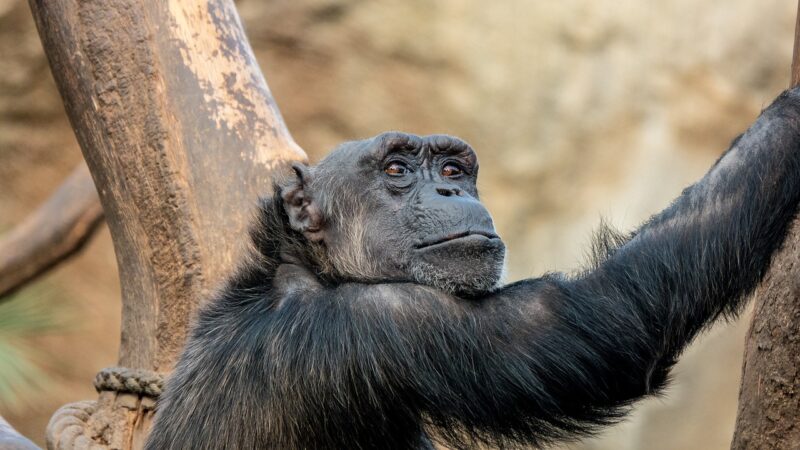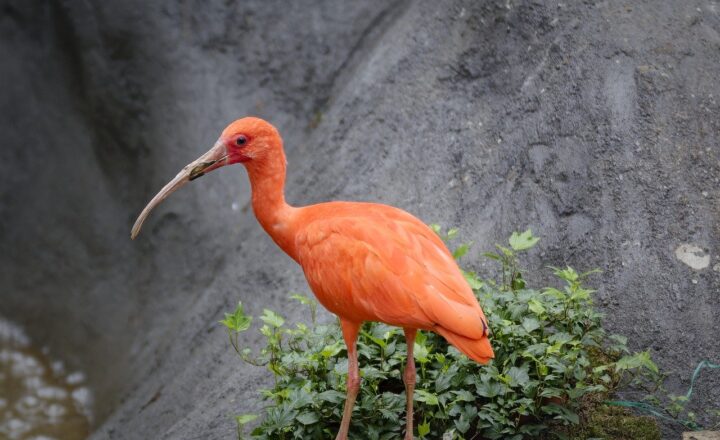Why Some Species Evolve Faster Than Others: The Secrets of Evolutionary Speed
November 12, 2024

Evolution is a slow and gradual process, but if you look closely, you’ll find that some species seem to undergo rapid changes in their traits and behaviors at a pace that is nothing short of astounding. From the astonishing speed of the peppered moth’s adaptation to pollution, to the swift evolution of antibiotic resistance in bacteria, the speed of evolution can vary dramatically among different species. So what accounts for this variability in evolutionary speed? In this article, we will explore the factors that influence evolutionary speed, the mechanisms behind them, and the implications for biodiversity and adaptation in a changing world.
1. Understanding Evolution: The Basics
Before diving into why some species evolve faster than others, it’s essential to understand the fundamental concept of evolution. Charles Darwin’s theory of natural selection explains that species adapt to their environment over generations through the survival of favorable traits. Here’s a brief overview:
- Variation: Individuals within a species show variations in their traits, which may affect their survival and reproduction.
- Inheritance: Traits that enhance survival are more likely to be passed on to future generations.
- Selection: Those individuals best adapted to their environment have a higher chance of thriving and reproducing, leading to changes in the population over time.
Evolution is a slow process, but this pace can be influenced by several factors, as we’ll discuss in the following sections.
2. Factors Influencing Evolutionary Speed
Several factors determine the rate at which species evolve. Here are some of the most critical:
a. Genetic Variation& Mutation Rates
Genetic variation is the raw material for evolution. Species with high levels of genetic diversity, such as some plants and animals, have a greater potential for rapid evolutionary change. Similarly, higher mutation rates can lead to more varied traits available for natural selection to act upon.
For example, bacteria can evolve rapidly due to high mutation rates and their ability to exchange genetic material through horizontal gene transfer. This is why they often develop resistances to antibiotics in a matter of years, or even months.
b. Environmental Changes and Pressures
Environmental shifts and pressures, such as climate change, habitat destruction, or the introduction of invasive species, can stimulate faster evolution. When rapid changes occur in an ecosystem, species that can adapt quickly often survive while those that cannot face extinction.
Notable examples include the rapid evolution of certain fish species in response to overfishing. In some cases, fish populations have evolved smaller sizes, enabling them to reach reproductive age faster and maintain their populations despite fishing pressures.
c. Reproductive Rates and Lifespans
Reproductive rates also play a significant role in evolutionary speed. Species with shorter lifespans and faster reproduction cycles, such as fruit flies, can adapt more rapidly to changing conditions simply due to the greater number of generations that pass in a shorter timeframe.
For instance, the common fruit fly (Drosophila melanogaster) can reach adulthood within a few weeks, allowing researchers to observe many generations and study genetic changes over time. These small organisms serve as vital models for understanding evolutionary processes.
d. Life History Traits and Strategies
Different life history strategies impact evolutionary trajectories. K-selected species, such as elephants, invest in fewer offspring but provide extensive parental care. In contrast, r-selected species, like weeds, produce many offspring but invest little in each one. r-selected organisms tend to evolve faster in response to environmental changes due to their capacity for rapid reproduction and short generation times.
3. Mechanisms of Fast Evolution
Several mechanisms drive the fast evolution of certain species. Let’s examine a few of these:
a. Natural Selection vs. Genetic Drift
Natural selection promotes adaptation to specific environments, while genetic drift can lead to random changes in traits. In small populations, genetic drift can have a more potent effect, sometimes leading to faster evolutionary changes, especially when combined with high mutation rates.
For example, island species often experience rapid evolutionary changes due to genetic drift and natural selection, as seen with the Darwin’s finches, which evolved different beak sizes and shapes based on available food sources.
b. Adaptive Radiation
Adaptive radiation refers to the rapid evolution of diverse species from a common ancestor in response to varying environmental conditions. This phenomenon often occurs when a species colonizes a new habitat with few competitors and many ecological niches to exploit.
A classic example is the diversification of mammals after the extinction of the dinosaurs, where mammals evolved into various forms, filling ecological roles previously occupied by dinosaurs.
c. Coevolution
Coevolution occurs when two or more species reciprocally affect each other’s evolution. This interaction can lead to rapid evolutionary changes when species are in a dynamic relationship, such as predator-prey scenarios or mutualistic partnerships.
Consider the relationship between flowering plants and their pollinators. As plants evolve new traits to attract specific pollinators, those pollinators, in turn, adapt to feed on those plants. This back-and-forth can produce swift evolutionary responses in both groups.
4. Implications of Rapid Evolution
The concept of evolutionary speed has significant implications for ecology and conservation:
a. Biodiversity and Ecosystem Resilience
A greater understanding of which species evolve quickly enables better conservation strategies. Maintaining biodiversity is crucial for ecosystem resilience, especially in adapting to climate change. Rapidly evolving species may provide genetic resources that can help other species survive in changing environments.
b. Human Impact and Evolution
Human activities significantly influence evolutionary processes—intensifying selection pressures and causing rapid evolutionary changes in some species, like pests and pathogens. Recognizing these changes allows us to intervene in more sustainable ways, leading to better management strategies for natural resources.
c. Future Adaptations in a Changing World
Understanding evolution’s mechanisms and speeds can help predict how species might adapt to future changes, such as climate change, habitat fragmentation, or pollution. By studying evolutionary patterns, scientists can develop models to forecast which species may thrive and which may become extinct under various scenarios.
5. Conclusion
The speed at which species evolve is influenced by various interrelated factors, including genetic variation, environmental pressures, reproductive rates, and life history traits. Understanding these dynamics provides valuable insight into ecological interactions, biodiversity, and conservation strategies. As humanity continues to impact the planet, recognizing and supporting the rapid evolution of certain species may be crucial for maintaining healthy ecosystems and ensuring the resilience of the natural world.
In conclusion, the secrets of evolutionary speed are critical to understanding the past, present, and future of our planet’s biodiversity. The more we learn about these evolutionary processes, the better equipped we will be to respond to the challenges ahead. By embracing a deeper understanding of evolution, we can foster a more harmonious relationship with the world we share and protect it for generations to come.







